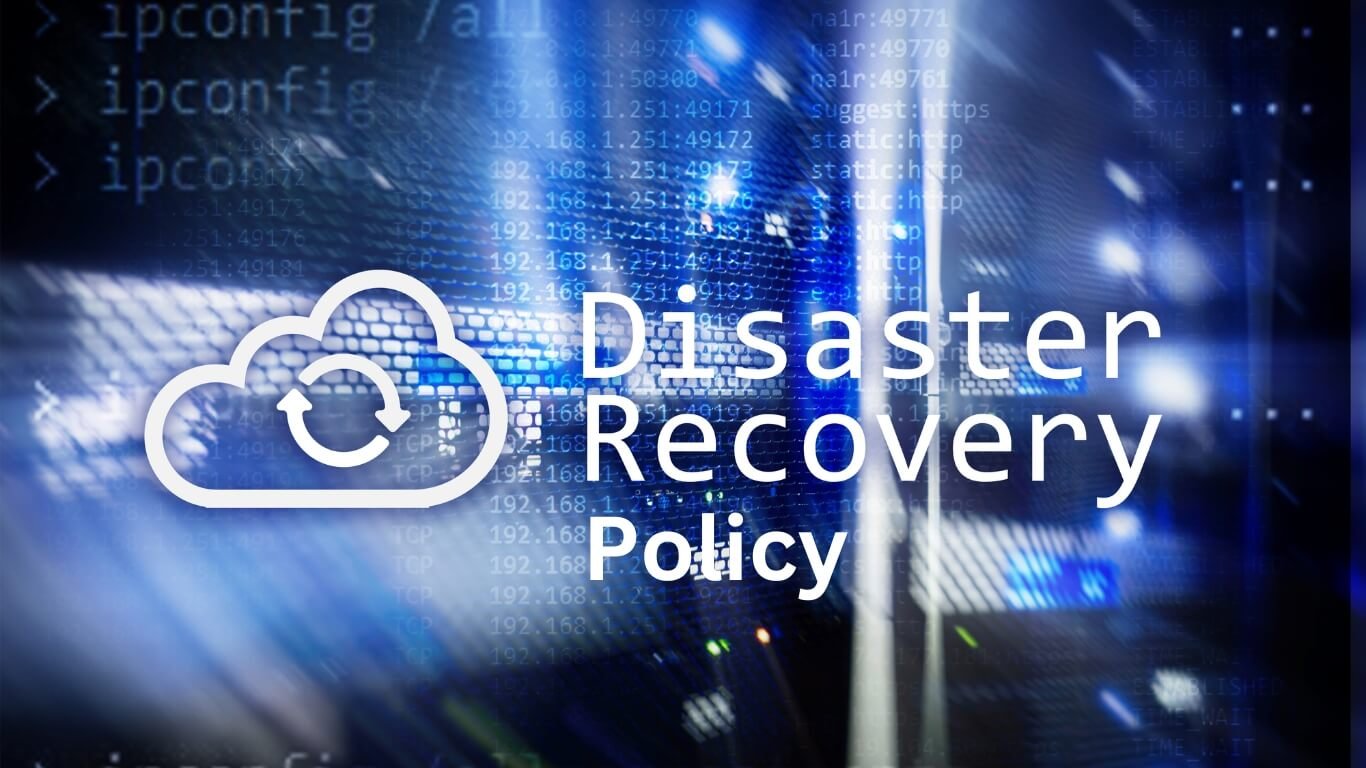Table of Contents
ToggleFew things are more disruptive to your business than a major disaster. And when you consider the growing risks in today’s world, the gravity of even a small event shouldn’t be understated.
While nobody decides to be prepared for a disaster, you must know how to come back stronger than before. With the right disaster recovery policy, your company will bounce back.
Companies often disregard disaster recovery plans because they only occur once in a while. However, they only occur occasionally because they ruin businesses and never happen again.
With this guide, you can prepare to bounce back after a disaster.
1. Risk Assessment and Impact Analysis

Risk assessment is essential for identifying potential threats. It also determines the probability of occurring of such disasters. Impact analysis needs to be conducted to assess the potential damage that could be caused in case of an incident.
Your disaster recovery policy should clearly outline the steps to prevent, respond, and recover. It should include regular risk assessments to measure the level of risk.
Risk management should define the necessary mitigation measures. It should also include an impact analysis to identify the potential scope of the damage.
2. Clearly Defined Recovery Objectives
These objectives should be defined with clarity, ensuring they are quantifiable, attainable, relevant, and time-sensitive (SMART). For instance, you might set a recovery time objective. This specifies the maximum acceptable downtime for each critical system.
In addition, a recovery point objective determines the maximum tolerable data loss in case of a disaster. These objectives will serve as benchmarks for gauging the success of your recovery efforts. Take note of these objectives, as they can make a big difference to your small business.
3. Data Backup and Recovery

Regularly backing up your data is non-negotiable. Your policy should detail the frequency of backups, the types of data to be backed up, and the secure locations where backups will be stored.
Implementing a reliable data recovery solution is equally important. Consider leveraging advanced technologies such as cloud-based backups or disaster recovery as a service (DRaaS). You can use these for increased flexibility and redundancy.
Utilizing software for disaster recovery can also help you in data backup and recovery. It’s best if you can read more about the different features that these software are able to offer in improving your disaster recovery policy.
4. Roles and Responsibilities
First, it is necessary to assign a leader to the recovery effort. This individual should know about disaster recovery planning, implementation, and data security.
Next, define the roles and responsibilities of personnel involved in the disaster recovery process. Define their authority and the exact steps they should take in the event of an emergency. Then, assign administrative roles to individuals responsible for system and data backups.
5. Continuous Testing and Updates

Schedule periodic testing and simulations of your disaster recovery plan. This is to identify any weaknesses or areas that need improvement.
Testing helps uncover potential issues before a real disaster strikes. This also allows you to fine-tune your procedures accordingly. Keep your policy up to date with changes in technology and business operations.
Establish a Disaster Recovery Policy to Protect Your Business
In conclusion, a comprehensive disaster recovery policy is essential to minimizing downtime and protecting data. Constantly review and update the policy regularly, and include provisions for testing, communication, data protection, recovery objectives, and a process for maintaining the policy. Make sure to consult the right people to develop an effective policy.
Check out the rest of our site for more blogs if this article has helped you!






